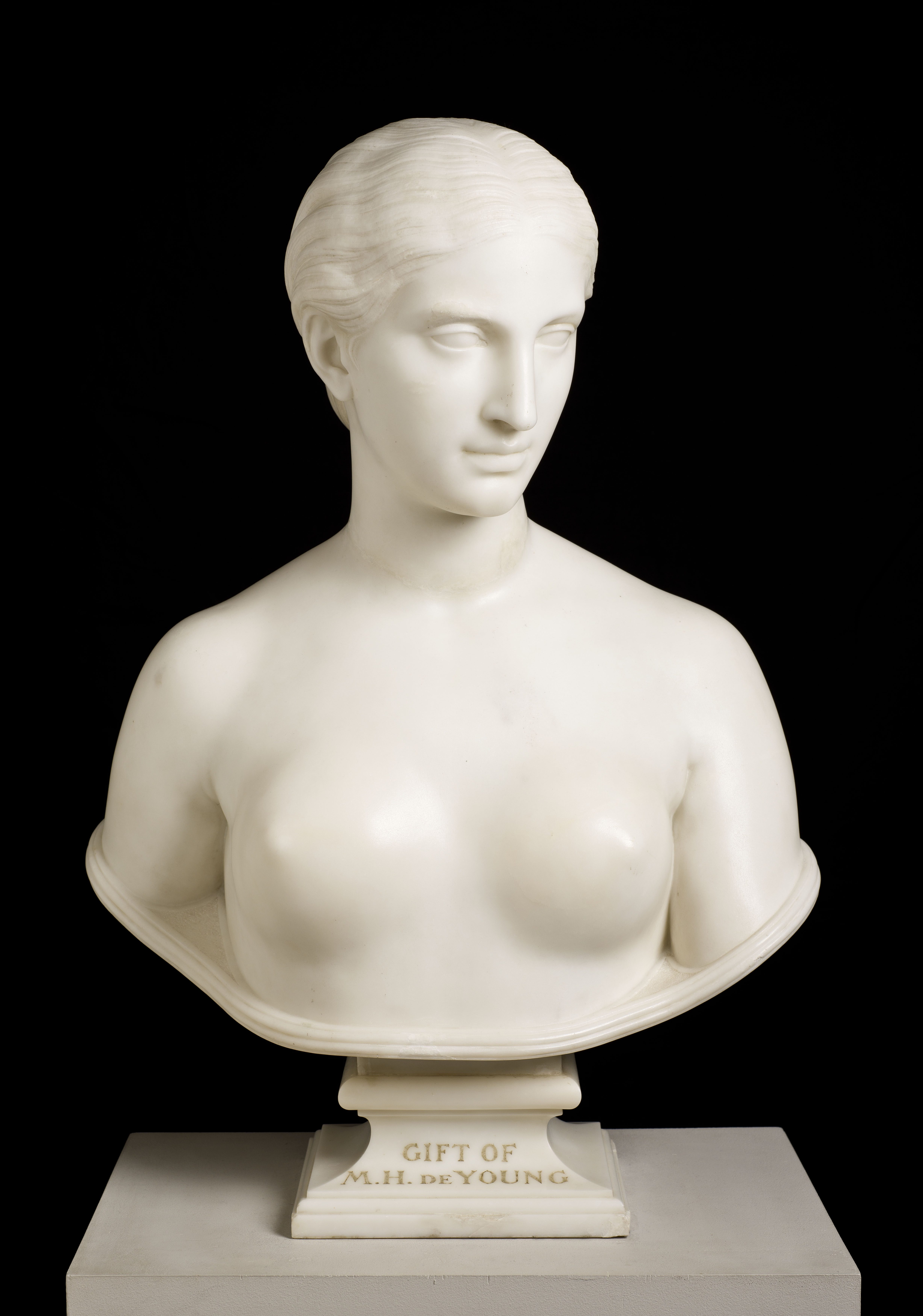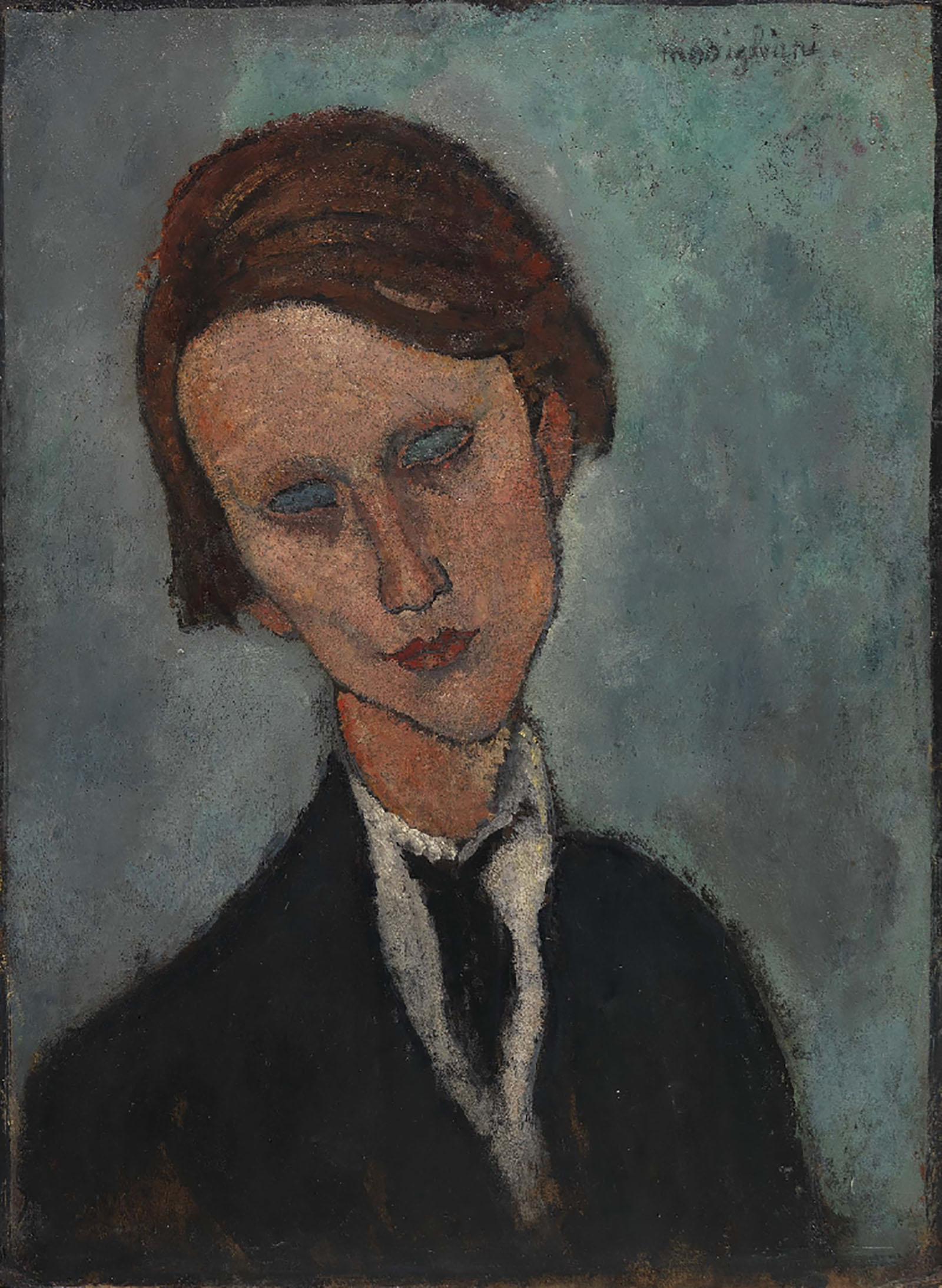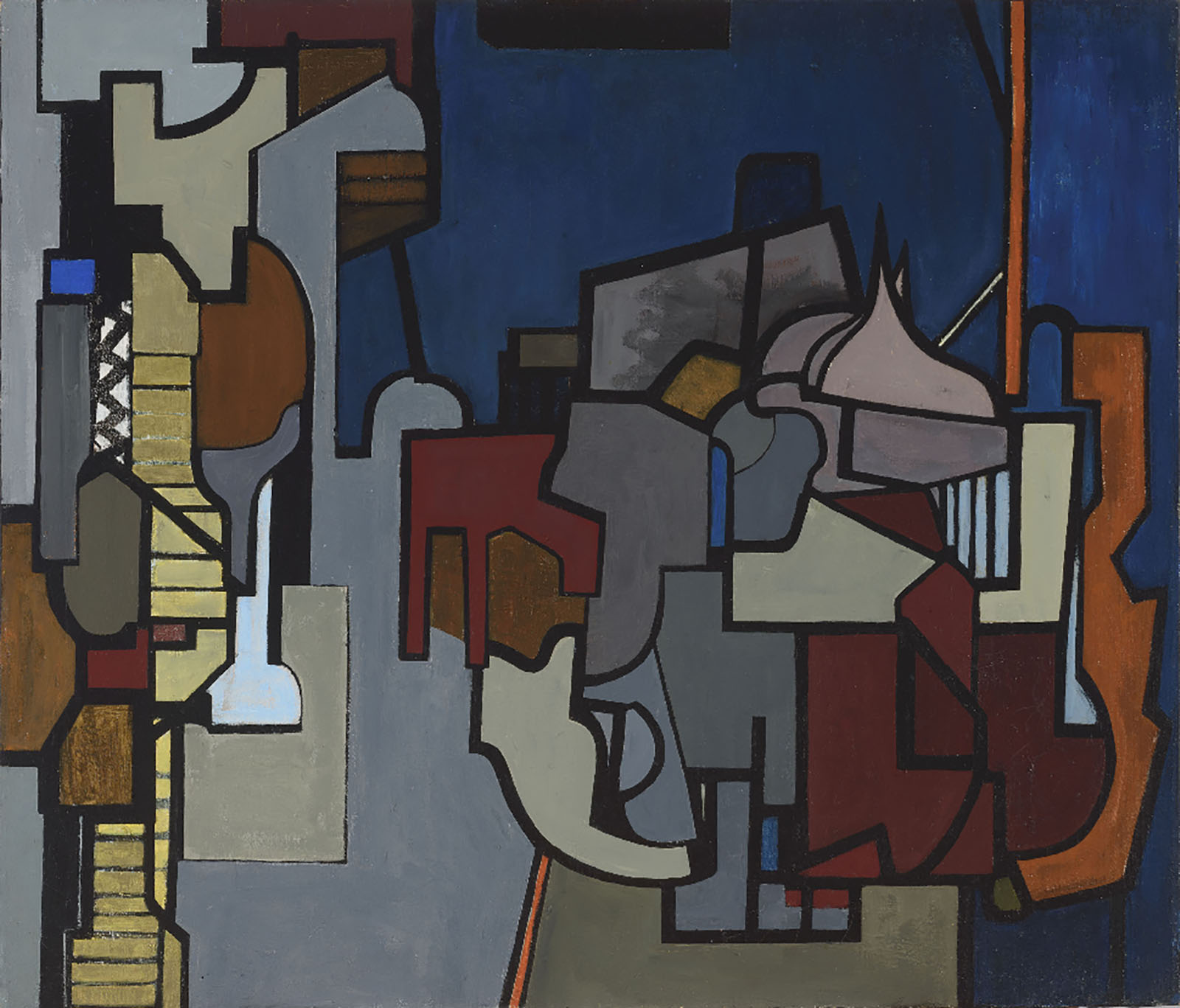Personnage aux Cheveux Verts (Figure with Green Hair)
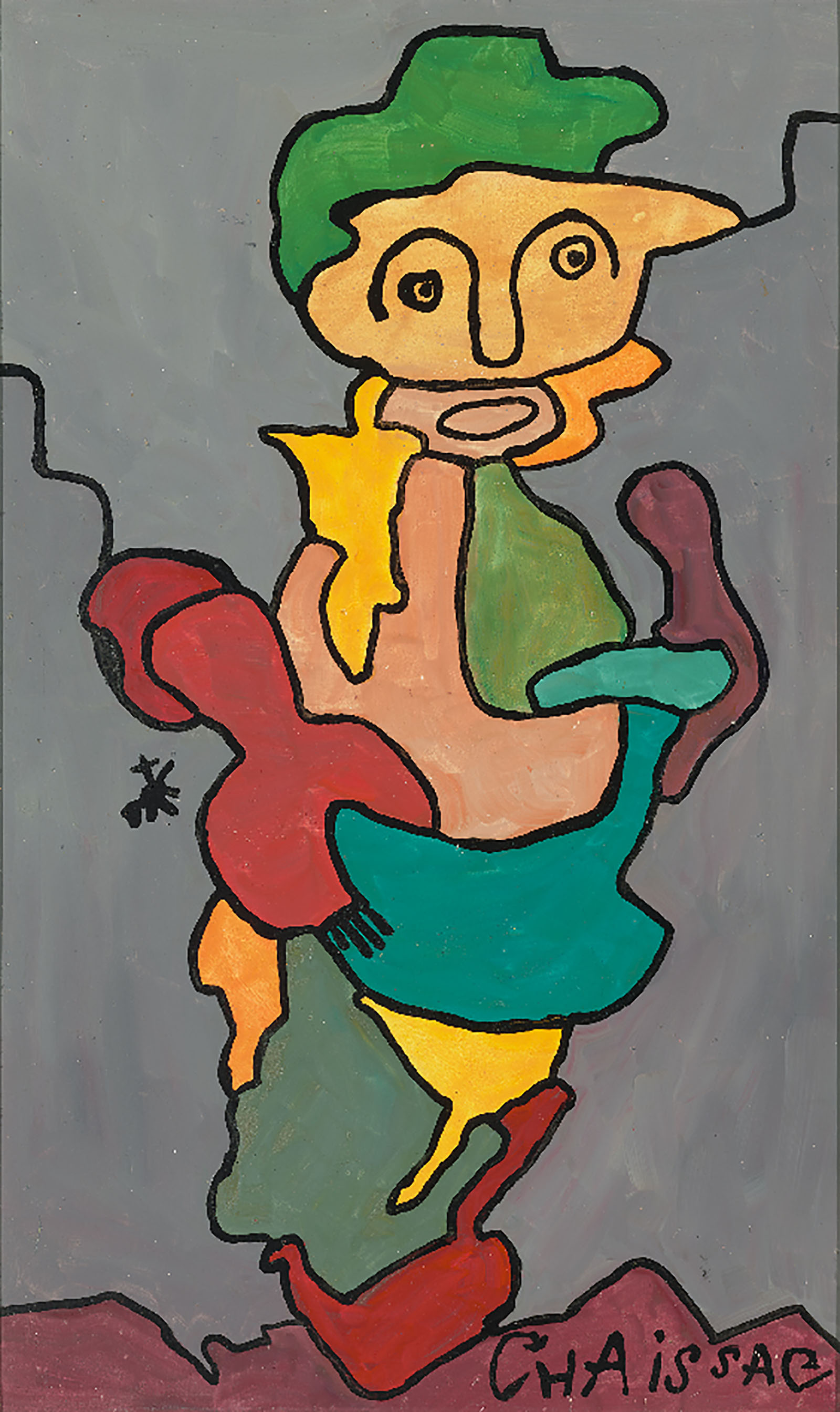
The rarity of green hair heightens the sense of Surrealism that Chaissac blends with components of Cubism in his artistic practice. The strong black outlines suggest a human figure and are filled with fields of flat color to emphasize the childlike nature of the composition. Looking toward artists such as Picasso, Chaissac would find inspiration in “unschooled” artworks—for instance, children’s or folk compositions.
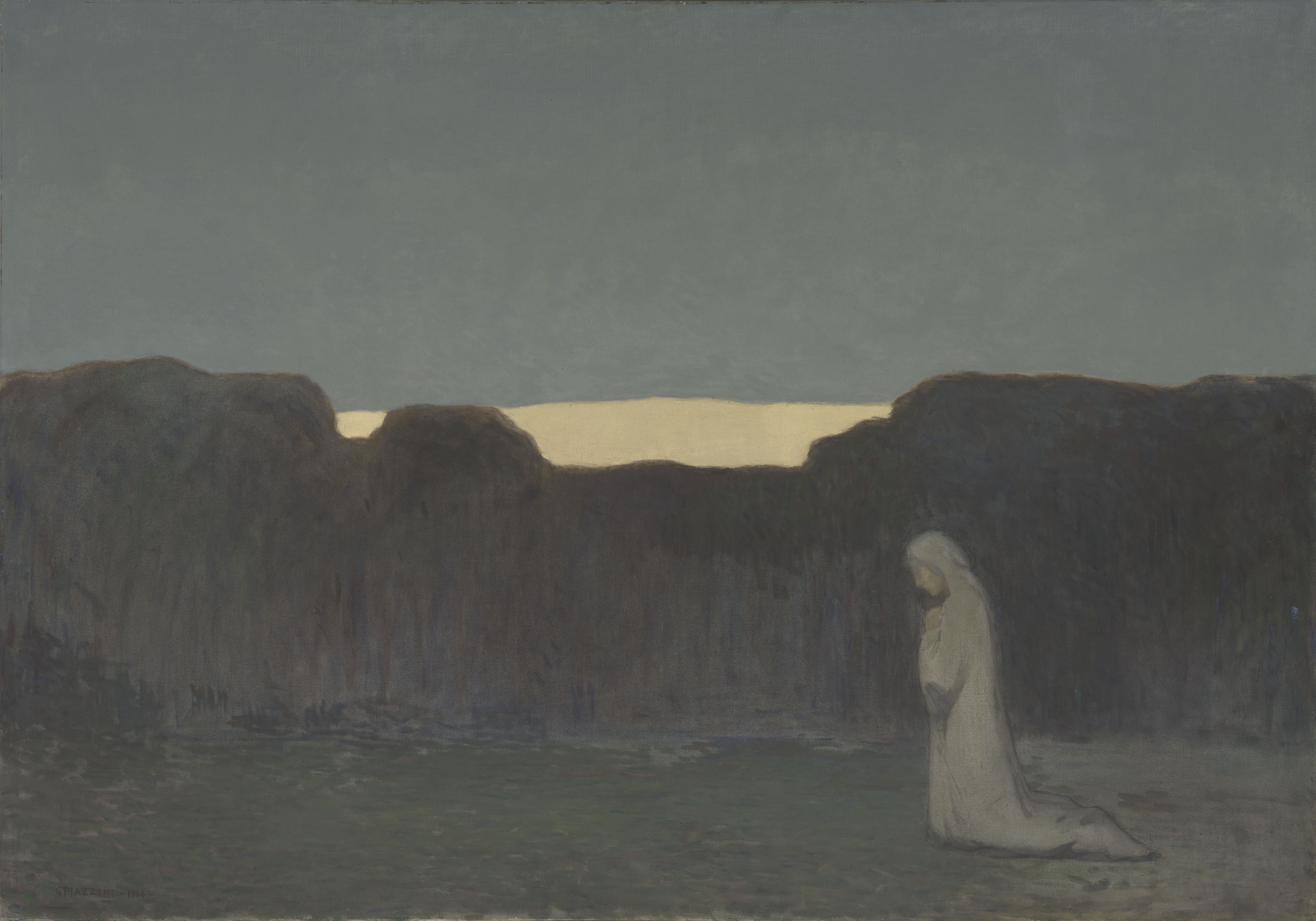
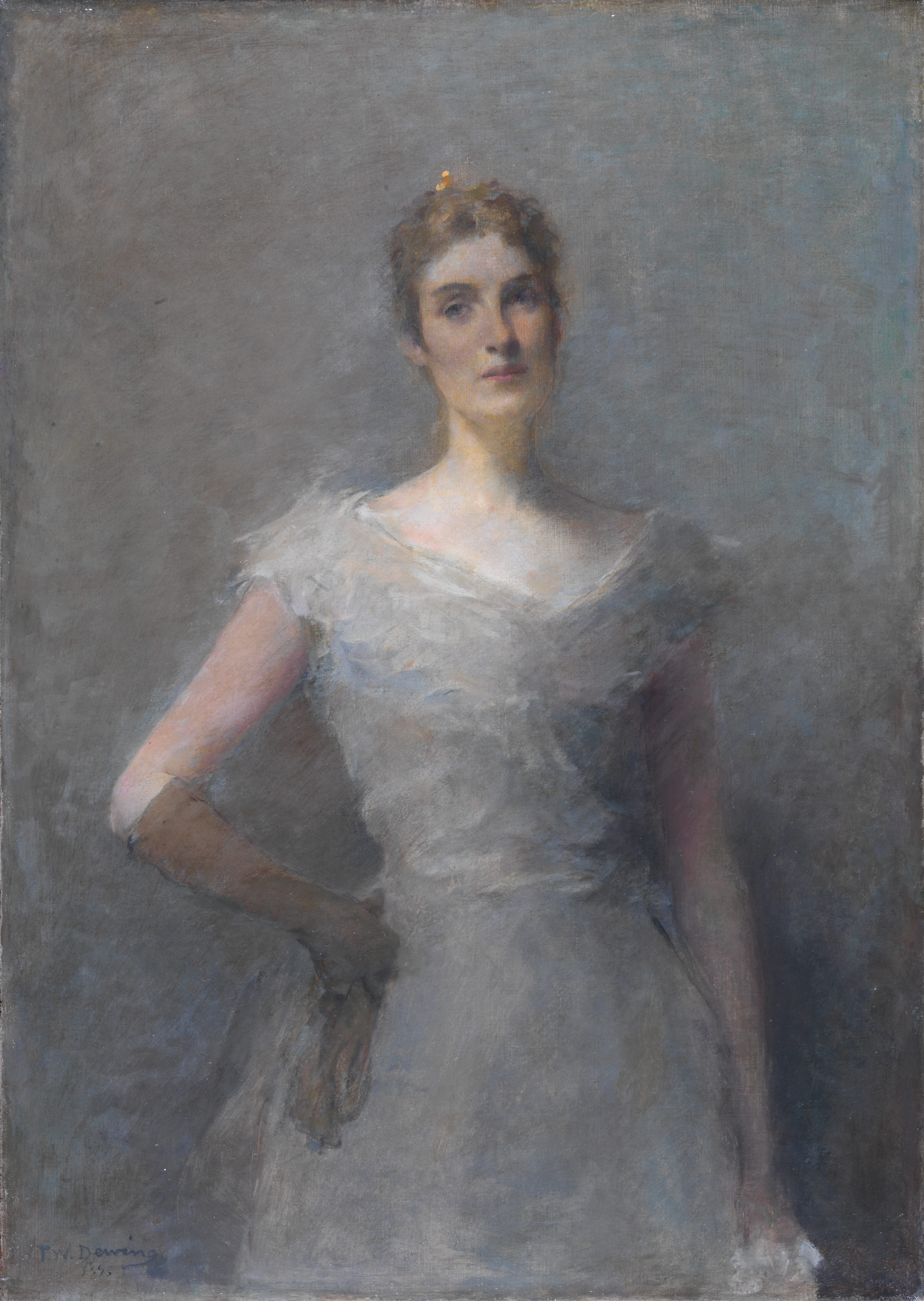
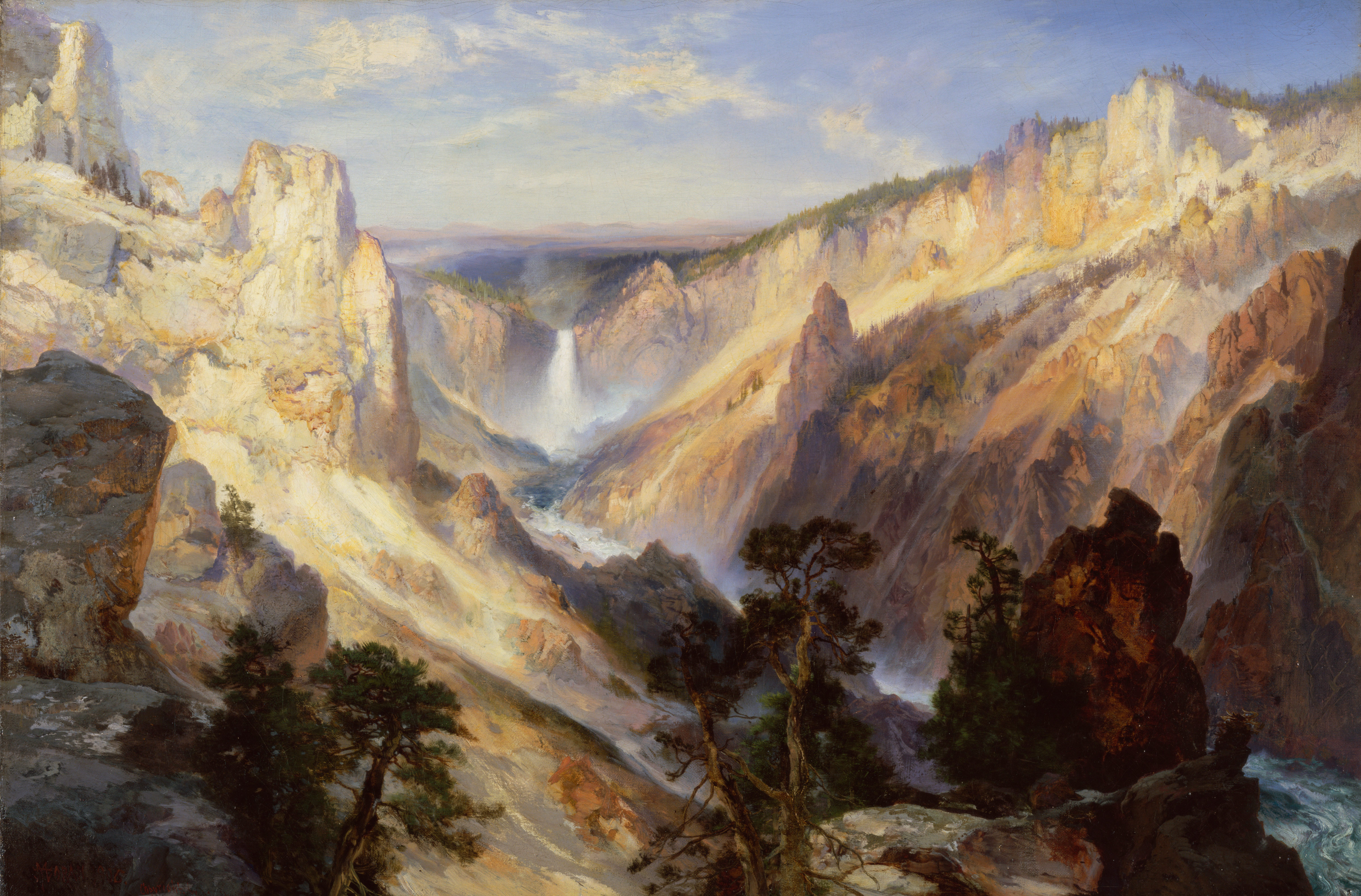
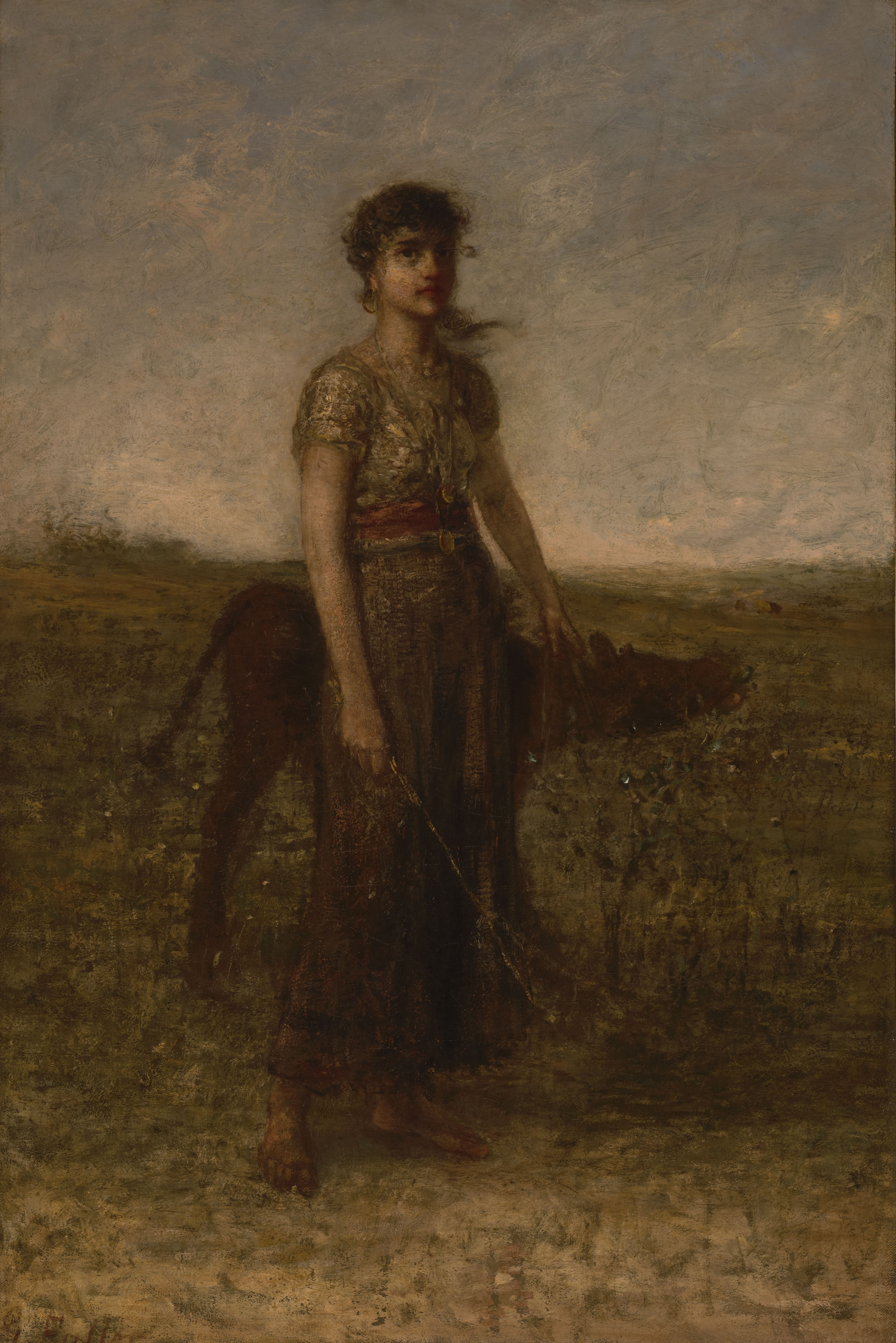
![Helen of California [Helen Wills] by Haig Patigian](/sites/default/files/2018-12/patigian_1_index.jpg)
